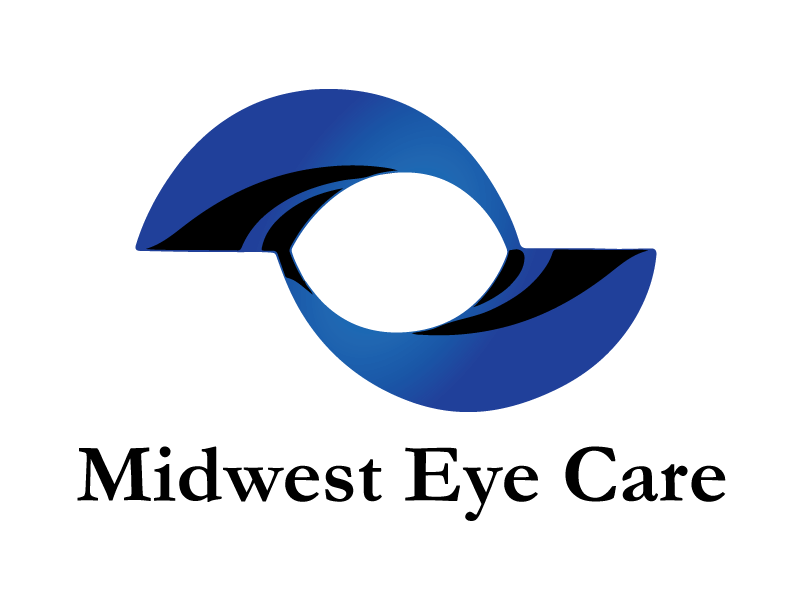 There are approximately 500,000 Americans with a history of herpetic eye disease. Herpetic eye disease is usually caused by the herpes simplex type I virus, which is the same virus that causes cold sores. Most of us were exposed to herpes simplex type I in early childhood and normally the virus stays suppressed by our immune system. In some people, however, the virus can become active and cause an eye infection. Even after extensive clinical research in this area, it is not clear why the virus can become active after long periods of dormancy and why the virus comes out in the eye.
There are approximately 500,000 Americans with a history of herpetic eye disease. Herpetic eye disease is usually caused by the herpes simplex type I virus, which is the same virus that causes cold sores. Most of us were exposed to herpes simplex type I in early childhood and normally the virus stays suppressed by our immune system. In some people, however, the virus can become active and cause an eye infection. Even after extensive clinical research in this area, it is not clear why the virus can become active after long periods of dormancy and why the virus comes out in the eye.
Herpetic eye disease usually affects the outer layer of the cornea, which is the clear outer cover in the front part of the eye. A herpes infection that affects the cornea is called herpetic keratitis. The herpes virus can, in less frequent cases, infect other parts of the eye such as the iris (herpetic iritis) or the retina (herpetic retinitis).
Symptoms of herpetic eye disease include redness, foreign body sensation, pain, sensitivity to sunlight, tearing and blurry vision. Herpes usually only affects one eye and recurrences of the disease are usually in the eye that has had previous infections. Treatment for herpetic eye disease is usually antiviral drops and/or ointment. In more severe cases treatment may include steroid eye drops and/or oral antiviral medication. Corneal scarring from herpetic eye disease can cause permanent vision loss. You should immediately call your doctor if the above symptoms develop, particularly pain or vision loss.

